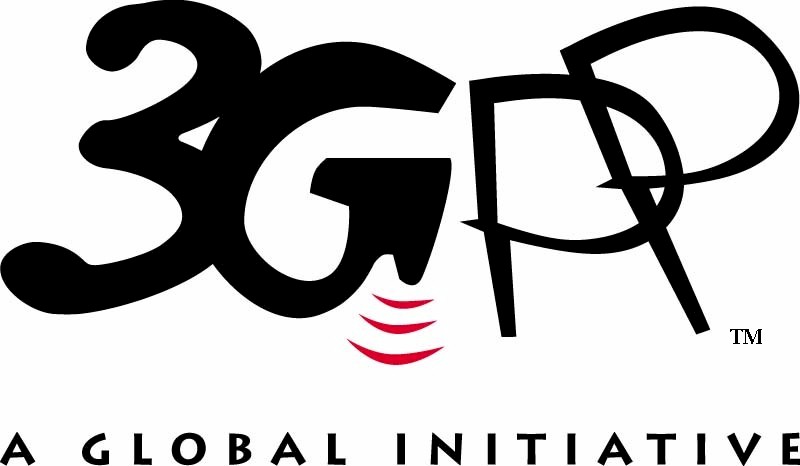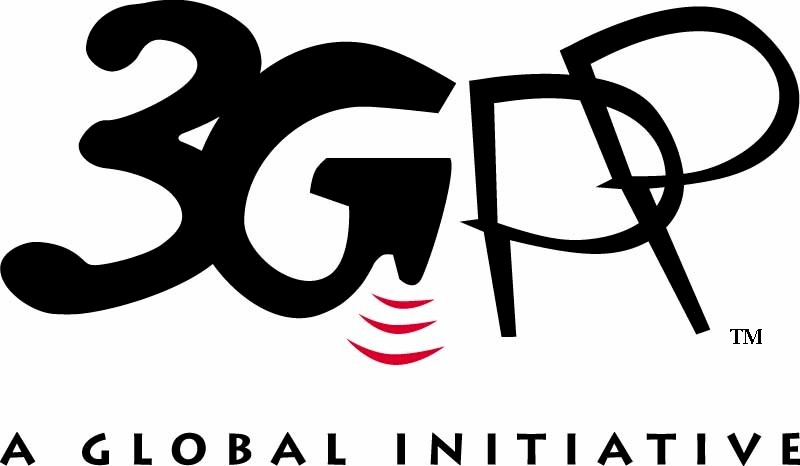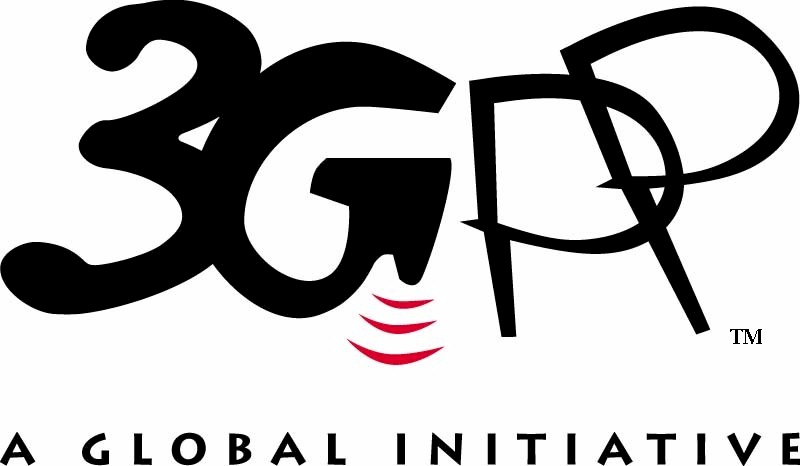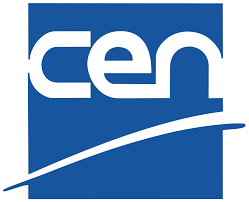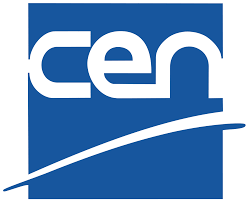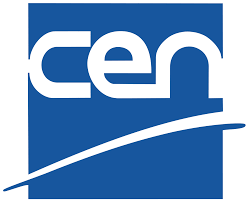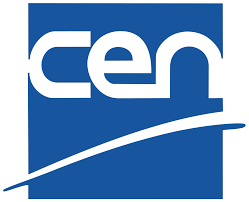Rationalized structure for electronic signature standardization - Best practices for SMEs
This Technical Report aims to be the entry point in relation to electronic signatures for any SME that is considering to dematerialize paper-based workflow(s) and seeks a sound legal and technical basis in order to integrate electronic signatures or electronic seals in this process. It is not intended to be a guide for SMEs active in the development of electronic signatures products and services - they should rather rely on the series ETSI EN 319 for building their offer - but it is a guide for SMEs CONSUMING e-Signature products and services. This document builds on CEN/TR 419040, "Guidelines for citizens", explaining the concept and use of electronic signatures, to further help SMEs to understand the relevance of using e-Signatures within their business processes. It guides SMEs in discovering the level of electronic Signatures which is appropriate for their needs, extends the work to specific use-case scenarios, paying special attention to technologies and solutions, and addresses other typical concrete questions that SMEs need to answer before any making any decisions (such as the question of recognition of their e-Signature by third parties, within their sector, country or even internationally).


